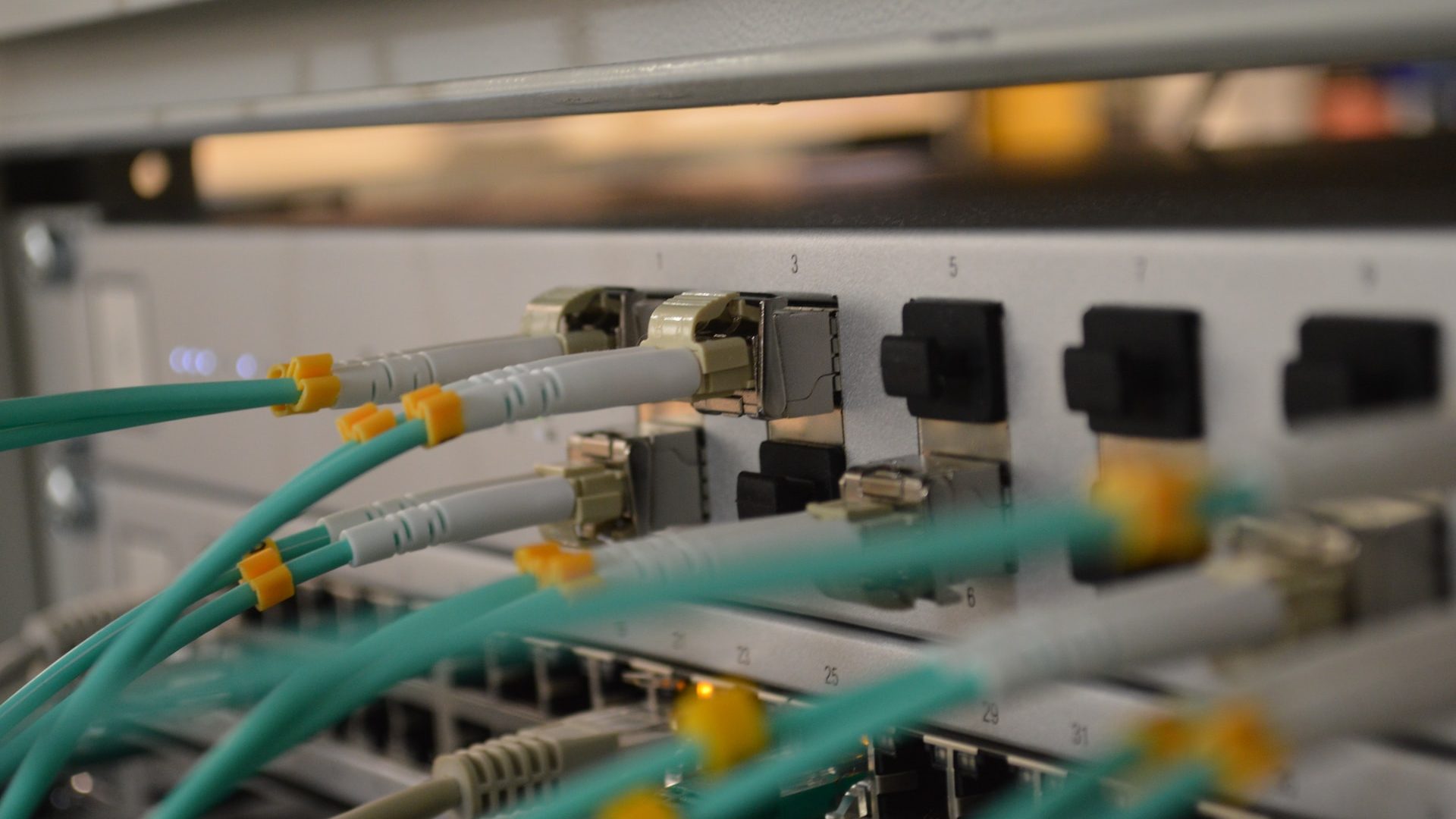A well-designed network cabling infrastructure is the foundation of a successful organization, ensuring seamless connectivity and efficient communication between various departments and team members. As businesses continue to embrace digital transformation, the importance of a robust, reliable, and adaptable network infrastructure has never been more crucial. With over 25 years of experience, TP Communications is dedicated to helping organizations navigate technology, providing optimal customized solutions tailored to meet the unique needs of each client, including network equipment, cabling, and more.
When planning your network cabling infrastructure, considering factors such as current and future data requirements, security, efficiency, and adaptability to advancements in technology is essential. Creating a future-proof infrastructure ensures that your organization can readily accommodate growth, facilitate new technologies, and adapt to evolving industry standards. This not only results in long-term cost savings but can give your business a competitive edge in the ever-changing digital landscape.
In this informative guide, we explore the key factors to consider when designing and implementing a network cabling infrastructure to support your organization’s needs now and into the future. From choosing the right cabling materials to optimizing cable management, we provide practical advice and expert insights that will help you think strategically and avoid common mistakes when installing your network infrastructure.
Whether you are starting from scratch, upgrading your existing cabling infrastructure, or planning for future growth, this article will equip you with valuable knowledge and recommendations that will ensure the success of your organization’s network cabling project. Once you have a thorough understanding of the principles discussed in this guide, connect with TP Communications to learn more about our customized network solutions and how we can support your business’s technological goals.
Top Tips for Implementing an Efficient Network Cabling Infrastructure for Your Business
Understanding Types of Cabling: Copper vs. Fiber Optic
The first step in implementing a network cabling infrastructure for your business is understanding the different types of cabling materials available. The two most common options are copper cables and fibre optic cables.
Copper cables have been the traditional choice and continue to be widely used due to their affordability and consistency in performance. Standard copper cables include Category 5e (Cat5e), Category 6 (Cat6), and Category 6a (Cat6a). Each type has its specific capabilities, with Cat6a offering better performance and extended reach compared to Cat5e and Cat6.
Fibre optic cables, on the other hand, allow for faster data transmission rates and can cover longer distances without signal loss. These cables are especially beneficial for large-scale organizations or businesses that require a high volume of data transfer. However, fibre optic cables can be more expensive to install, and the necessary equipment may come at a higher price.
When deciding between copper and fibre optic cabling, consider factors such as speed requirements, transmission distances, and budget constraints.
Planning and Design: Laying the Foundation for Success
A critical aspect of creating an efficient network cabling infrastructure is thorough planning and design. This process entails evaluating your organization’s current and future data requirements, identifying potential growth areas, and ensuring that your infrastructure can accommodate these needs. Some essential factors to consider during the planning stage include:
1. Assessing the size and layout of your business premises
2. Analyzing the number of users requiring network access
3. Determining data and bandwidth requirements based on current and future operations
4. Proposing locations for network equipment, including switches, routers, and servers
5. Identifying potential challenges, such as environmental factors, that may impact cabling performance
Effective Cable Management: Organization and Efficiency
Proper cable management is crucial in designing a reliable and efficient network cabling infrastructure. Not only does it ensure that cables are well-organized and easily accessible, but it also extends the lifespan of your cabling system by preventing tangling, overbending, and physical damage.
Several methods and tools can be employed to ensure effective cable management, such as:
1. Cable Trays: These provide a clear and structured path for cables, preventing tangling and making it easier to identify individual cables.
2. Velcro Straps: By using Velcro straps to bundle cables together, you create an organized, neat appearance while allowing for easy adjustments as needed.
3. Patch Panel Labels: Clearly labelling patch panels ensures that technicians can quickly identify and troubleshoot connections during maintenance or upgrades.
4. Cable Length Planning: Excessive cable length can lead to tangled and disorganized cabling. Calculate the required length of each cable to minimize excess and maintain order.
Adherence to Industry Standards and Codes
In designing and implementing your network cabling infrastructure, adhering to established industry standards and codes is essential. These guidelines ensure that your infrastructure is safe, reliable, and compatible with various devices and equipment.
The Telecommunications Industry Association (TIA) and the International Electrotechnical Commission (IEC) are two organizations that set industry standards for network cabling best practices. Ensure that any cabling installations comply with these guidelines, and work with certified cabling installers who possess a thorough understanding of these standards.
In addition to industry standards, be aware of national and local building and electrical codes that may impact your cabling installation. Failure to adhere to these codes may result in fines, hazards, or the need for costly modifications to your network infrastructure.
Creating a Future-Proof Network Cabling Infrastructure for Your Business
A well-structured, efficient, and adaptable network cabling infrastructure is essential for the success of your business in the digital era. By considering factors such as cable types, careful planning and design, effective cable management, and adherence to industry standards, you lay the foundation for a future-proof network infrastructure that will support your organization’s growth and evolving technological needs.
At TP Communications, we specialize in helping businesses like yours navigate the complexities of technology and implement customized solutions that meet your unique requirements. Contact us today to discuss how we can support your Calgary network cabling project and ensure your infrastructure is poised for long-term success.




